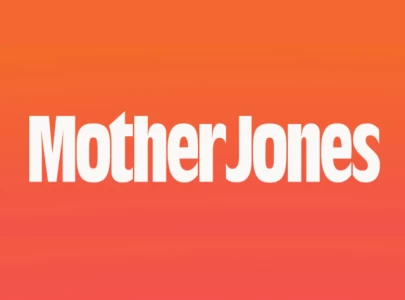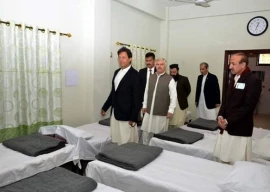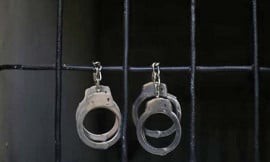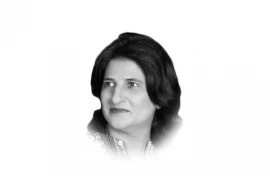
The Ehsaas Waseela-e-Taleem Programme has set a target of enrolling an additional 1.75 million students during the current financial year.
The programme will include one million primary class, 500,000 secondary class and 225,000 higher secondary students.
Upon completion of the first quarter of the current financial year, the students of secondary and higher secondary classes will start receiving scholarships.
The social security and poverty alleviation ministry has expanded the scope of the programme from primary education to secondary and higher secondary education.
During the current financial year, 500,000 secondary class and 225,000 higher secondary students will be included in the programme.
One million primary class students will also be included in the programme during the current financial year.
Under the programme, primary class boys are being given Rs1,500 per quarter while girls are receiving Rs2,000.
Now, secondary school boys will be given Rs2,500 per quarter while girls will receive Rs3,000.
Higher secondary class boys will receive Rs3,500 per quarter while girls will be given Rs4,000. In addition, Rs3,000 will be given to girls on passing class V.
Since the inception of the programme, 4.45 million students have been enrolled and a total of Rs19 billion has been distributed to them in the form of scholarships.
Last month, the Benazir Income Support Programme (BISP) had approved the inclusion of intermediate students in the Waseela-e-Taleem.
The BISP board meeting, which was presided over by SAPM on Poverty Alleviation and Social Protection Sania Nishtar, also declared transgender persons eligible in the Ehsaas Kafalat programme.
The Waseela-e-Taleem Programme was launched in 2012 in the five most backward districts of the country and increased to 32 districts in 2015.
In 2018, the scope of the programme was extended to 50 districts.
In 2019, the programme was further expanded to 100 districts, while in 2020 it has included all districts of the country.
Under the project, the government provides cash grants to children from the poorest families on the attainment of 70% attendance in school. Moreover, the digitisation of the project is aimed at enhancing primary school enrolments and minimising dropouts.
With such a development, they added that as many as 700,000 students would get the benefit and the government has planned to allocate Rs5 billion worth of funds for the project in the next fiscal year.
The reforms in the programme include end-to-end digitisation of a number of processes, which were previously managed manually.
Apps have been developed that are used by staff to register children and monitor compliance.
Cost-effective changes in the institutional infrastructure were developed to expand the programme nationwide and reliance on NGOs was eliminated.
Because of this, the operational cost has been reduced from 8% to 3%. The stipend given to children has been modified as ‘Ehsaas’ under a new policy. In the past, the programme encountered a number of challenges including high administrative cost, weak compliance monitoring system, low stipend amount and high error and fraud due to a paper-based approach.





1723807223-0/jimin-(1)1723807223-0-165x106.webp)















COMMENTS (2)
Comments are moderated and generally will be posted if they are on-topic and not abusive.
For more information, please see our Comments FAQ